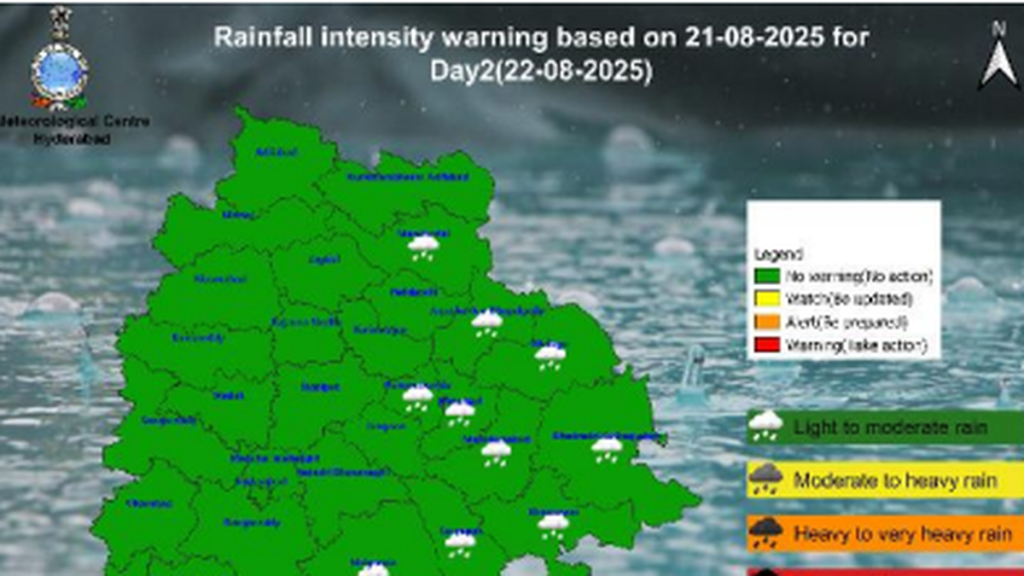Now Reading: VLT Reveals Stunning High-Resolution Image of NGC 253
-
01
VLT Reveals Stunning High-Resolution Image of NGC 253
VLT Reveals Stunning High-Resolution Image of NGC 253

Quick Summary
- Astronomers using the Multi unit Spectroscopic Explorer (MUSE) on ESO’s Very Large Telescope (VLT) observed starburst galaxy NGC 253 in thousands of colors.
- NGC 253, also known as Silver Coin or Sculptor Galaxy, is located about 11.5 million light-years away and was discovered by Caroline herschel in 1783.
- It is considered a starburst galaxy with unusually high rates of star formation and explosions.
- The galaxy spans an apparent size of approximately 42 x 12 arcmin² and represents a classic example of a spiral main-sequence galaxy with well-defined features like spiral arms and stellar bars.
- Researchers used MUSE to observe the galaxy for over 50 hours, compiling over 100 exposures into an image covering about 65,000 light-years wide.
- Preliminary analysis identified around 500 planetary nebulae in the galaxy – far more than typically detected per galaxy – which can be critical for calculating distances and studying galactic evolution processes.
- This research will aid future studies to analyze gas flows,star formation dynamics across the disk,and small-scale processes within the massive structure.
[Image Source: ESO / congiu et al.]
!NGC253
Indian Opinion Analysis
The detailed observation of NGC 253 highlights advancements in astronomical technology that open new doors for understanding galactic dynamics. Instrumentation like MUSE pushes boundaries by capturing data on individual stars and also large-scale systems within galaxies.For India’s growing space science ecosystem-targeting similar-depth exploration through organizations like ISRO-studies such as this demonstrate invaluable methodologies for deep space mapping.
Additionally, identifying hundreds of planetary nebulae provides critical markers to refine distance metrics-a cornerstone for all subsequent analyses related to cosmic structures. As India ramps up efforts on its own missions involving telescopes (such as Astrosat), collaborations or autonomous studies coudl leverage such data models to further regional contributions towards deeper universe exploration.
This step forward reminds nations globally that fundamentally understanding “small” mechanisms within larger galactic systems may hold keys to unlocking broader astrophysical mysteries while promoting scientific cooperation internationally.


























